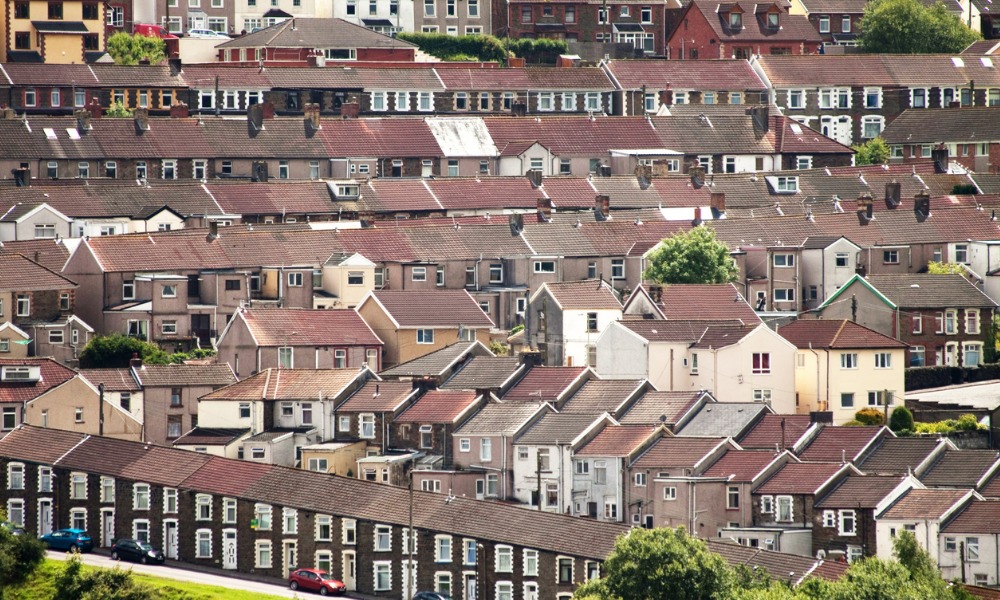'Seemingly remorseless rise in prices continues'

The average price paid for a home in England and Wales in April was £372,436, up some £3,600, or 1.0%, on the average price paid in March, the latest e.surv Acadata House Price Index has found.
For the sixth time in the last seven months, the figures hit a new record level for England and Wales.
Year-on-year, house prices were 10.4% higher or an equivalent of £35,000. This represented a 2.4% increase over March 2022’s revised annual rate of 8.0% for homes bought with cash or with a mortgage.
Acadata senior analysts John Tindale and Peter Williams described the unceasing rise in prices as “seemingly remorseless.”
They noted that average house prices in England and Wales have continued to increase throughout the first four months of 2022 on a near straight-line basis, contrary to predictions of a slowing growth rate due to rising cost-of-living pressures on consumers.
All 10 GOR areas have seen an increase in their annual rates of growth, compared to the previous month, but the GOR area with the largest increase in its growth rate is Greater London, up from 5.5% in March to 9.9% in April. Wales remains the GOR area with the highest annual growth rate, a position it has held for nine months.
Richard Sexton, director at e.surv, observed that the latest data shows the story of the post pandemic ‘race for space’ over the last year and the more recent demand for properties that fulfill the demands of hybrid working.
“If we look first at the annual trend, we see Wales remains the area with the highest annual growth rate, a position it has held for nine months. The demand for more rural living has underpinned this. Lifestyle choices and the requirement for more spacious properties that deliver good working-from home conditions are encouraging buyers to reassess their opportunities,” Sexton said.
“However, if we examine the monthly performance, Greater London emerges as the area with the largest increase in its growth rate. We mentioned in our last index that this change was underway, arguably the result of a renewed need for properties that were well connected to London,” he continued.
It may be tempting to assume that higher interest rates will impact homebuyers’ aspirations, Sexton said, but rates remain comparatively low, and property remains a keen investment too as inflation puts pressure on equities and other asset classes.
“There is still too little of the right kinds of property available and this will continue to support growth as people reflect and act upon their aspirations for the future and what that means for where they need to live,” Sexton concluded.


